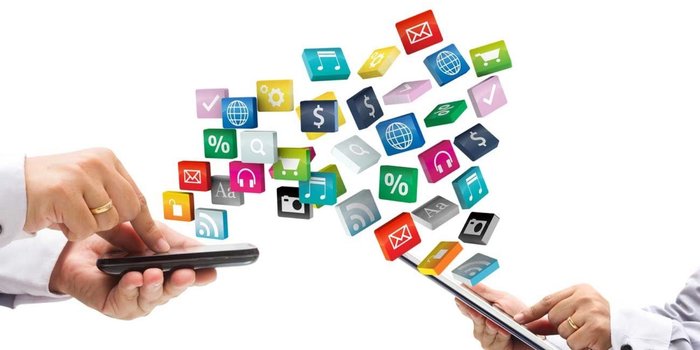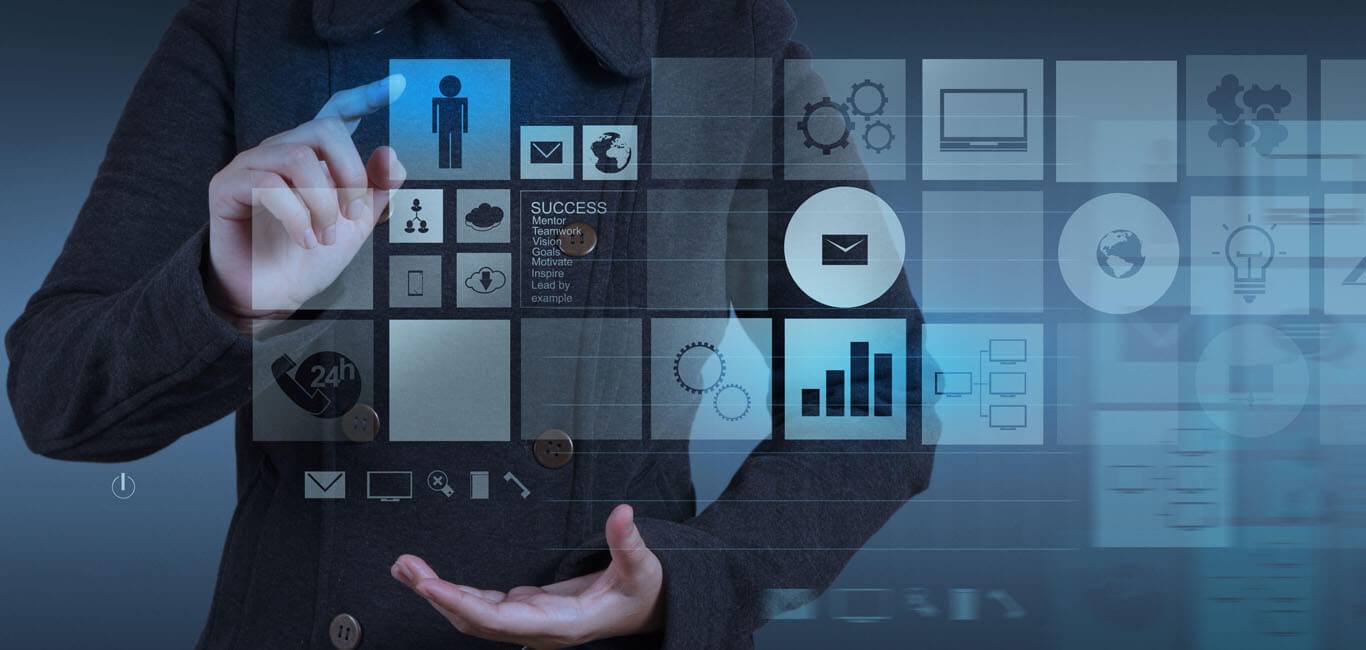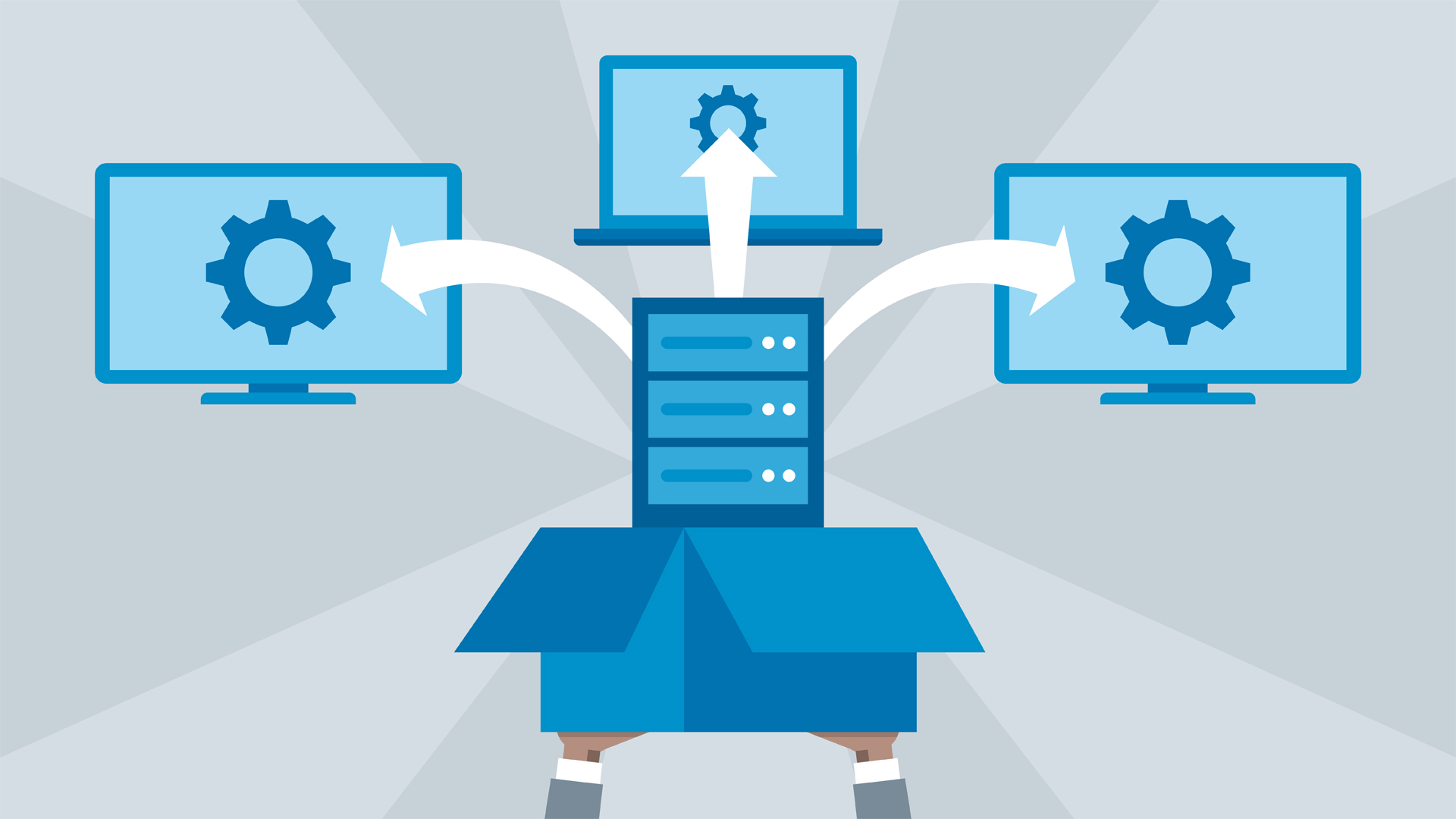
Since their inception, smartphones have become indispensable parts of our lives. They are our constant links to the world of business, news, art, culture, connectivity and much more. No longer is mobile phone usage limited to phone calls and texts, but they have a greater undeniable influence on our lives.
Right from our morning alarms, daily calendars to our night time medication notifications, smartphones do it all.
With all the information and evidence pointing towards the potential offered by building your application, don’t dive into it with little thought.
With over 1.5 million applications available on the App Store and Play Store, it’s critical to run through the process of mobile app development and how your app fits well with your marketing goals and your market niche.
Today it is easy to develop a mobile application. The complex task is developing a mobile application that is efficient and attracts users. This involves an expansive process that includes extensive pre-planning.
Developing your mobile app might be as simple as opening the IDE, putting a few items together, conducting a quick round of testing and uploading it to an App Store. Tasks that can be done in a single day. Or you can make it a highly involved procedure involving rigorous upfront design, QA testing across a multitude of devices, usability testing, a full beta life-cycle, and then deploying it to the App or Play Store.
The path you opt for will define your goals and outline the progress of your app development.
There are 8 phases to understand the development life-cycle of a mobile app. Below are the goals and challenges entailed in the mobile app Development cycle.

1. Market Research
Every application begins with an idea, no matter how big or small this idea forms the basis of the application. Fine-tune the idea into a rigorous basis for your application. Ensure that your initial analysis involves your customer demographics, motivations, behavioural patterns and goals. Keep the end-user in mind during each stage of the process.
Once you comprehend your target market, they need to be acquired, transformed, maintained after you have achieved that you need to nurture their loyalty. Ultimately, you should consider how the digital product would be used by the customer. Doing this right at the start will put you on good ground, and the clarity will give you and your investors the confidence you need to proceed.
This phase is critical because you are laying down the groundwork for what is following next. Brainstorm and research extensively before progressing to the next level. Ensure that you analyse and understand the competition. A rigorous analysis of your competitor’s app will help you figure out what features are missing in their app so you can incorporate it in yours.

2. Wireframing and Storyboards
During the second phase, you will have a coherent idea of what you want your application to look like and what features you would like to include. You would also have established a scope of work — which aspects of the project would be done in-house, which aspects you would outsource.
Even though you may be pressed for time drawing thorough sketches of the envisaged product allows you to discover usability issues. Sketching the app can be a valuable resource for communication and collaboration. Wireframing will help to refine the ideas and arrange all elements of the design in the right way when you’re done sketching.
Through this initial step, you can solve any technical shortcomings that you encounter in the backend creation process. Now, try to gain a better understanding of how the functionality and concepts you suggest can combine into a functional app. You must also create a roadmap or a storyboard to show how each screen is related and how users will explore the app.
Seek chances to integrate your brand, focus on the user experience, and consider differences in how people use a mobile app as opposed to a website.

3. Assessment of Technical Features
By now you may have a complete sense of the visuals, but you must also consider whether the back-end systems can support the functionality of the app. To determine if your application is technologically viable, you need to have access to public data through available APIs. The app will have specifications depending on the format (smartphone, laptop, wearables, etc.) and platform (iOS, Android, etc.).
At the end of this phase, the team may have new ideas for the app or may have determined that some functions of the original design are not workable. Discuss, ask questions and test how you want to progress further.

4. Devising a Prototype
During this phase, accurately identify any changes that have been identified in your wireframe during the backend development process. When the team has decided on the wireframe and storyboard, it’s time to create an engaging prototype.
You now need to develop an agile prototype and you need to do it fast. You can’t fully grasp the functionality and usability of the app unless you know how it works and flows. Therefore, create a prototype that places the application idea in the hands of the customer as soon as possible to test how well it performs. Use rough and non-exhaustive wireframes for this process. You will be able to see whether things are moving in the right direction.
Include stakeholders in this process, encouraging them to feel the prototype will give you recommendations that you can include.

5. Designing the Application
Once you have devised a prototype you can delve into designing your application. You will have two types of designers: The User Experience (UX) Designer and the User Interface (UI) Designer.
Your UX designer develops the interface between design components, while the UI designer builds the feel and look of your app. This is a multi-step procedure with several levels of analysis. Through the process, you will get blueprints and visual guidance, guiding the engineers about to proceed and plan the finished product and how interaction must look, feel and flow.
Ensure that you try different interface combinations by experimenting around with navigation layouts, buttons and other graphic elements. The more the model changes, the more probable the UX will be original. Application design can prove to be a multi-step procedure, and the results will be specific visual directions summarizing the final product.

6. Developing the application
The next phase is the development of the app. This stage involves several steps and processes. If you are not using an app development platform or a BaaS mobile provider, your developer will need to set up the relevant storage solutions, databases, APIs, and servers for the back – end of your application.
Additionally, don’t forget to set up developer accounts for the app stores that you want to distribute your app to. This step could take several days to complete and is often overlooked. It’s always a smart idea to read the guidelines of the app store so that the app won’t be rejected during the approval process.
As development progresses, the app will go through a set of stages. In the first set of stages, the core functionality is not tested, although present. A significant part of the planned design is implemented in the second stage. Ideally, the app has gone through light testing and bug fixing, although some issues may still be present. Following this, you can release the application to a select group of the audience to test it further.
Once they have fixed the bugs in the second stage, the application will pass to the deployment stages where it is ready for release.
If you have a complex project where functional requirements change regularly, use the agile method. This helps with agile planning, progressive development, early implementation and continuous improvement.

7. Testing the application
It’s a good idea to test early and often in mobile app development. Doing this will keep your final expenses lower. The deeper you go through the development cycle, the more difficult it is to fix bugs.
Application testing is comprehensive, so make sure the app development team addresses all the required aspects. You should check the application for usability, reliability, safety, interface functions, stress and performance. By testing with users, you can start figuring out whether your mobile app works for your targeted audience.
To test this, offer your app to select people in your target audience and ask them relevant questions. Once your application has passed the user acceptance test, you will know if your application works and your application is available for beta testing either through the registering of previously identified groups or through an open request for participants.

8. Deployment of application
The last phase is the deployment of the application. All the hard work is done. Your app is now ready to be submitted. Choose a day and make a formal launch. The policies for launching an application are different for different application stores. And keep in mind, this isn’t the end. The development of the app doesn’t end at launch. Once the product is in the hands of customers,
reviews will come in and you will continue to incorporate the input into subsequent updates of the application.
Most applications will need updates and additional features. As soon since the launch of the first version of the app, the development cycle begins again. Make sure you have the tools you need to sustain your product. Remember, this is a long-term investment, both monetarily and regarding time.
Are you on the lookout for an application developer? Then look no further than Spider India, for we have got you covered.
With almost 2 decades of experience, Spider India had entered the realm of IT solutions with an emphasis on web design and development. Our mobile app development journey began in 2012, and over the last 8 years, we have developed to become a technology-oriented company with over 70 employees.
To know more about Spider India and the services we offer, get in touch in touch with us. You can email us at marketing@spiderindia.com or call us at +91-44-42305023, 5337.
Our services are also available in Malaysia through Spider Asia Sdn Bhd. For further information, explore our offerings in Mobile App Development in Malaysia.
